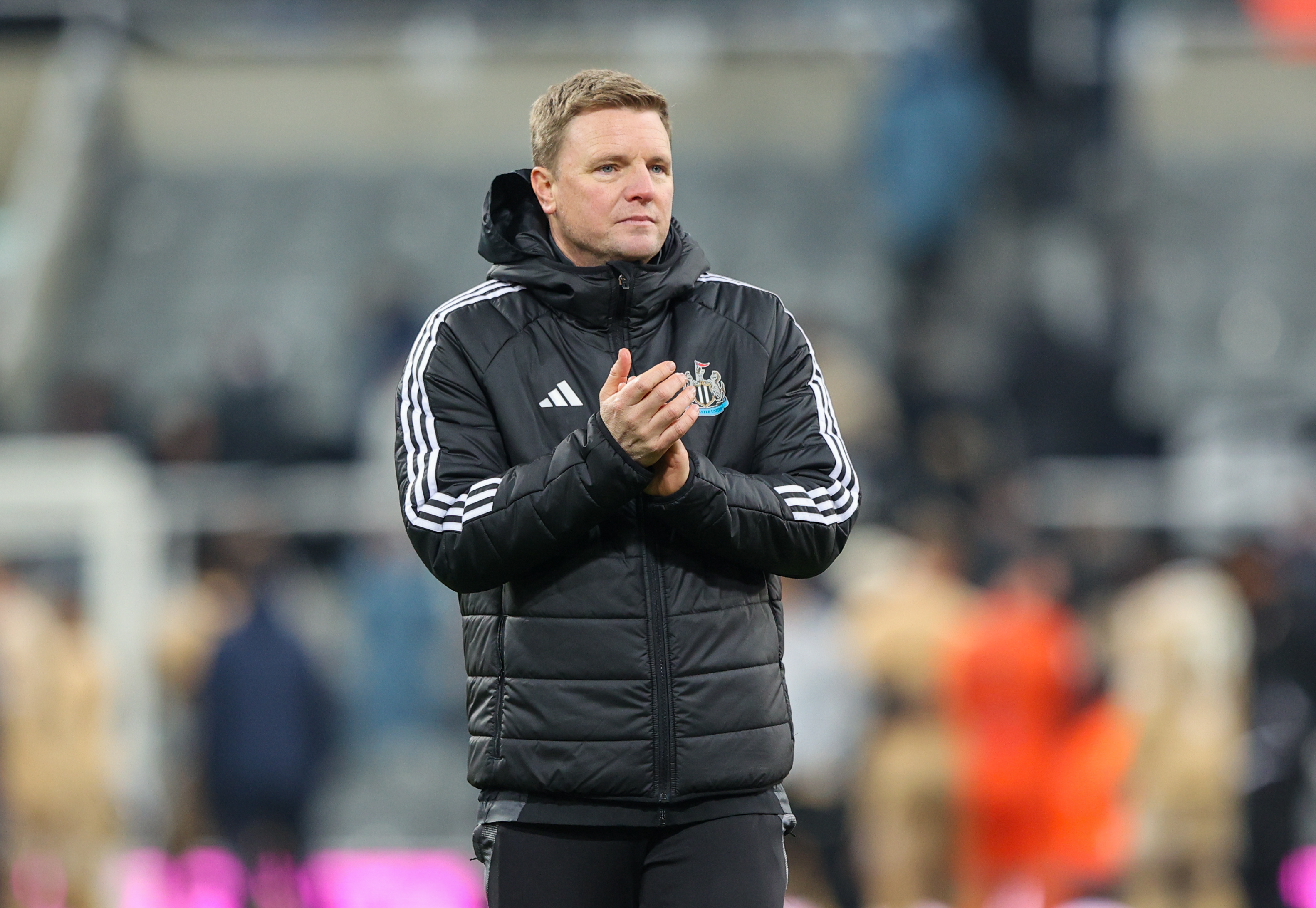Zonal Marking vs. Stats Zone - the interview
If youâÂÂre releasing a stats app, you best get a renowned expert to assess it. ZonalMarking.net editor Michael Cox interrogated Stats Zone app developer Colm McMullan to make sure it was up to scratchâ¦
Michael: For those that donâÂÂt yet know, can you explain what the app is and what it does?
Colm: ItâÂÂs a stats and âÂÂchalkboardâ app, giving you full access to every single match âÂÂeventâ for every game in the Premier League this season and last season â it allows you to play the pundit yourself.
You donâÂÂt need to wait for television analysts to come on at half time telling you stuff that isnâÂÂt accurate or that you already know. You can go and do your own analysis, see what players have been doing, break that down into time periods, and see how different points in the match affected the overall outcome.
Michael:How did the whole thing come about?
Colm: It initially started about 18 months ago. IâÂÂd had this idea for the app for quite a while, I knew Opta were collecting this data and had it available, and I was really just waiting for a big brand to release it.
Eventually I got a bit sick and tired of waiting for it. My background is in software development, so I knew that I could build it. So I took a leap of faith and took a couple of months off and started putting together an app for last summerâÂÂs World Cup in South Africa.
That was followed up with an app for last seasonâÂÂs Champions League, and then FourFourTwo, Opta and I got together to discuss something for the coming season, and the Premier League was the obvious next step.
Michael:How are you expecting the average user to use it?
Colm: Most people seem to use it at half-time or after a match, just to get their arguments ready for the pub.
Get FourFourTwo Newsletter
The best features, fun and footballing quizzes, straight to your inbox every week.
Although the app does have every single event on the ball in real detail, you can look at just the top-level stuff to kind of get a quick feel for the match. So I think most people will probably go into a match that theyâÂÂre particularly interested in and perhaps look at all shots or passes for a particular team, just to get a vague overview of how the match went.
For example, if you look at the pass data from Arsenal against Stoke, you might see loads of short blue arrows on the Arsenal side and some long red ones on the Stoke page.
Michael:The âÂÂplayer influenceâ feature is pretty unique to this app - can you explain a bit more about that?
Colm: The app picks up an Opta feed that records every on-the-ball event during the match - so passes, tackles, interceptions, clearances and so on - we take each of those touches and then calculate where on the pitch that player has been working the most.
The size of the playerâÂÂs name indicates how many touches and how many match events theyâÂÂve been involved in.
What I think is really useful about it is that you can use the timeline at the bottom of the screen to filter that into specific chunks of the match.
For example, you could compare before and after a substitution. ItâÂÂs interesting to see the shift influence in those kind of situations.
Michael:Is it possible that a Premier League manager could use it?
Colm: My secret hope, thatâÂÂs now no longer a secret, is that youâÂÂll see a manager on the touchline during the season with their iPhone out, possibly looking at the app.
Michael:I donâÂÂt see why it couldnâÂÂt happen. They get all these stats after the game anyway, although I guess you canâÂÂt really expect them to be scrolling through it on the touchline. But if they were to just look at it for two minutes at half-time and say; âÂÂHang on, the No.17 has misplaced half his passesâÂÂ, it might be quite helpful, I think.
Colm: Yeah, thatâÂÂs the idea, to get access to that kind of information. How you use it is gonna be down to your managerial skills, I guess, but I think a lot of it is that this data has been available post-match, even to the public to some extent but providing it during matches is a big step I think.
FFT (chipping in): Can you think of a widely held theory that youâÂÂve been able to disprove with the help of this kind of data?
Michael: Before the Champions League final everyone was talking about how Manchester United were going to deal with Lionel Messi. A lot of people were saying that the obvious thing would be for Rio Ferdinand to come out of the defence towards Messi, with Nemanja Vidic staying back to cover.
But then if you looked at the places Messi received the ball in the previous three or four Champions League matches â against Real Madrid in the semis and in the quarter-final against Shakhtar - he generally picked the ball up towards the right.
Vidic generally plays on the left of UnitedâÂÂs two centre-backs, so Ferdinand would have been coming right across to the other side of the pitch to track Messi.
That was quite a good example of how a suggested tactical strategy was ruled-out, as it would have dragged Ferdinand miles away from his natural position.
FEATURE, July 29: What Stats Zone would've taught you last season
FEATURE, July 27: Inside Opta
FEATURE, July 22: More screenshots
